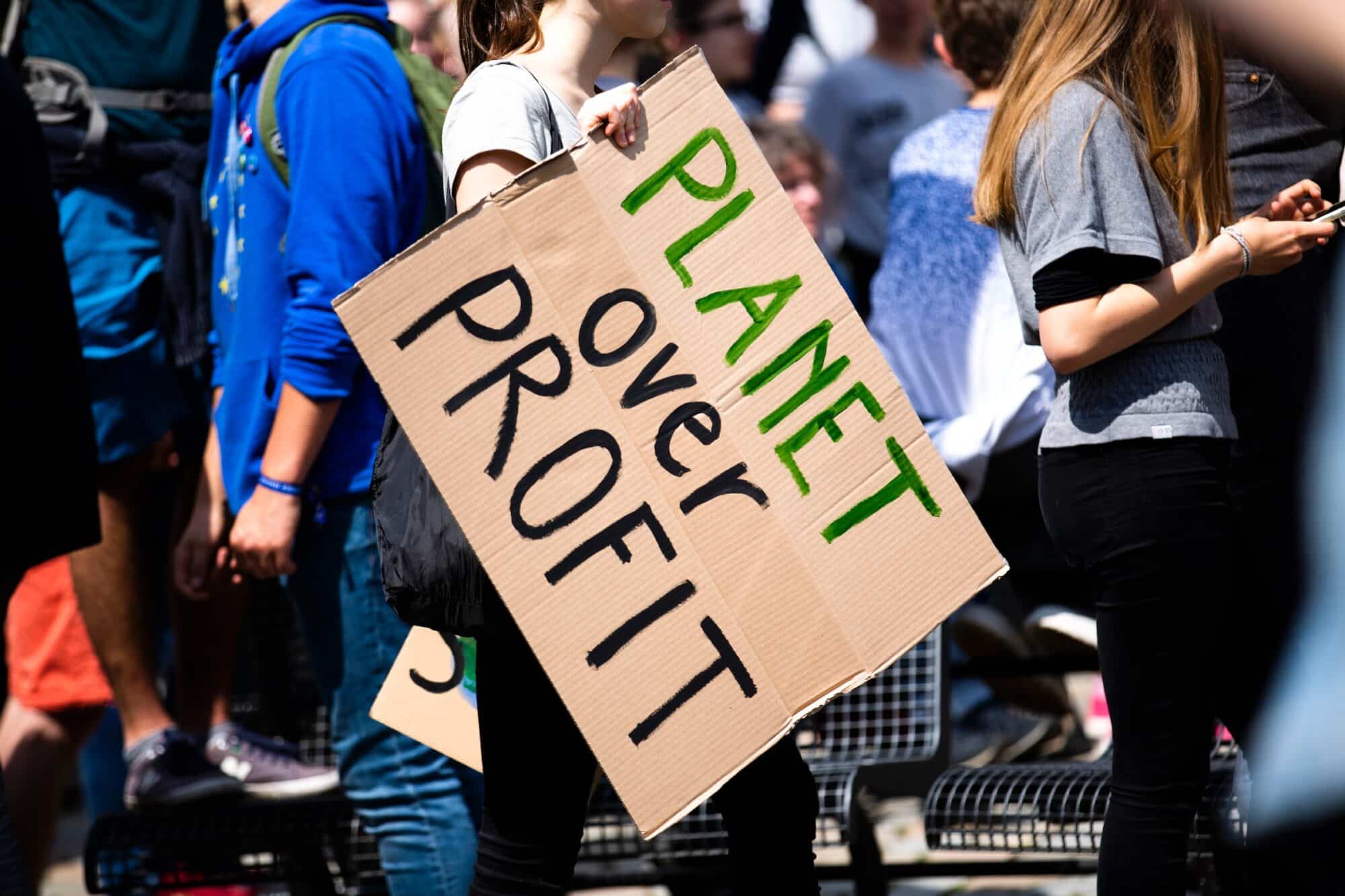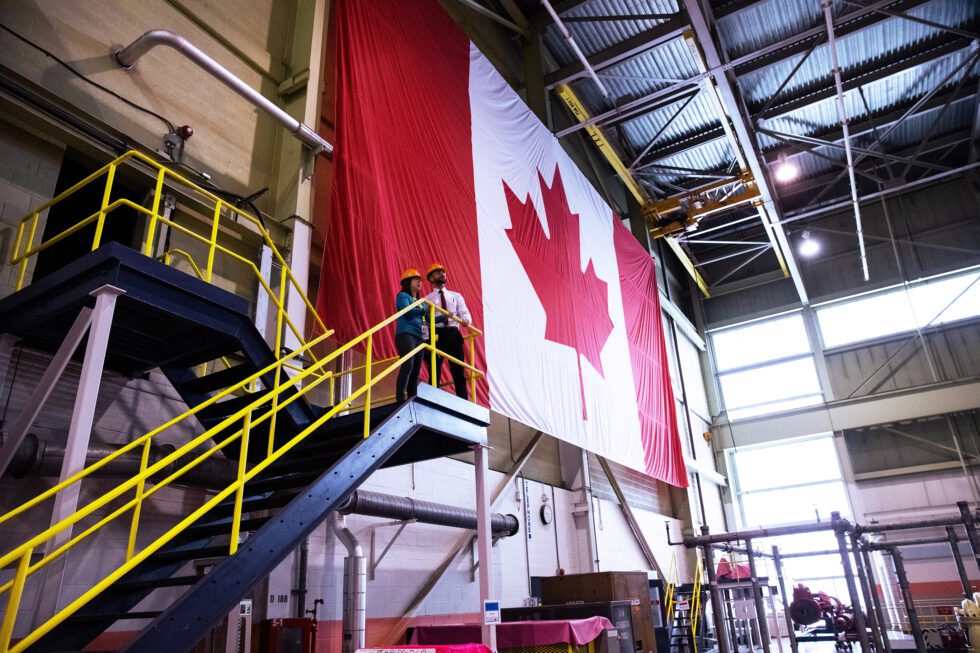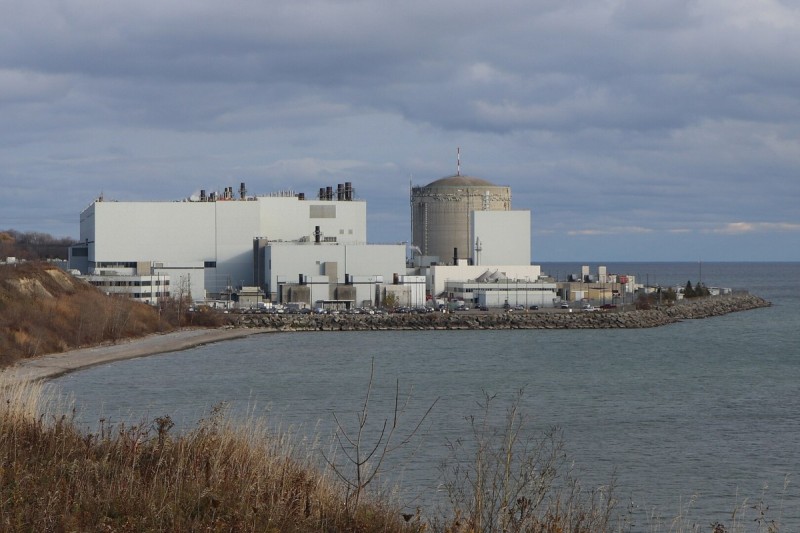In the face of compelling evidence that climate change is actually occurring, and that certain human activities are the cause, what is holding the world back from decisively responding to this threat? Two primary challenges are first, changing mindsets to support a more aggressive response to climate change; and second, solving the problem of collective action on a global level. While there has been progress on meeting the first challenge, the world faces continuing difficulties on the second.
Some additional global warming and climate change is unavoidable, even if fossil fuel consumption were to be eliminated immediately, because of the past accumulation of GHGs in the atmosphere. According to the Intergovernmental Panel on Climate Change, the best-case scenario is that there is a 50 percent chance of constraining the rise in global temperatures from pre-industrial times to 1.5 degrees Celsius—but only if net carbon dioxide emissions (taking into account carbon absorption by the world’s disappearing forests and warming oceans) were terminated by 2050. Global warming even at half a degree higher than 1.5°C could be fatal to much life on Earth. Getting to zero emissions by 2050—a generation from now—seems like a Herculean task. Can it be done?
Canada has a huge stake in the answer to that question. Our country is warming at twice the rate of the rest of the world, according to a recent report released by the Government of Canada. This is definitely not good news for Canadians. Although there may be some “benefits” such as a longer growing season, it is likely that the real costs will be much greater, in terms of lost human lives and property, due to more extreme heatwaves, wildfires, violent storms, and flooding. Some extreme weather events, such as the tornadoes that rampaged through Ottawa last September, are nearly impossible to prepare for. And warming in Canada’s arctic has other dire consequences, including the melting of the permafrost and the release of the potent greenhouse gas methane into the atmosphere.
Mindset shift depends on a ‘Just Transition’
With respect to the challenge of changing mindsets, most Canadians (70 percent) now believe climate change is real and is caused by human behaviour. This is an encouraging indicator, but a significant minority (30 percent) believe that human activity (particularly fossil fuel consumption) is not to blame. Those holding this view tend to oppose climate action such as carbon taxes or a phasing out of fossil fuel production. Indeed, even some of those who favour carbon taxes and other actions to tackle climate change support continued fossil-fuel production and consumption, and the building of pipelines such as Trans-Mountain and Keystone XL to take Canadian fossil fuels to market.
This seeming inconsistency may be due to the fact that many make their living, directly or indirectly, from the fossil fuel industry, and face serious economic and social disruption because of job and income losses if fossil fuel production is phased down. Ensuring a “just transition” into other jobs for those directly or indirectly supported by the fossil fuel industry will take time, particularly in a context in which technology and automation are eliminating a lot of traditional employment.
However, there are examples of communities that flourished in the 20th century industrial economy and that have successfully undergone economic transitions. For example, Sudbury, Ontario, once heavily dependent on nickel mining, and Pittsburgh, Pennsylvania, which was America’s foremost steel-producing city, have successfully shifted away as their leading industries contracted. Lessons from these and other positive examples of community transition brought about by fundamental shifts in their industrial structures may help to facilitate a just transition out of the fossil-fuel economy.
Government has a crucial role in helping workers and communities make the transition, by investing in infrastructure and re-education, helping new business startups, and supplementing these with minimum income programs.
The collective action problem
But despite the fact mindsets have shifted positively in Canada and elsewhere (including the United States), decisive action still faces critical obstacles. In particular, there is a collective action problem: individual nation-states may reject or defer taking action because on their own, they account for only a portion of the problem. They are more likely to act if and as others do so as well.
Indeed, taking the example of Canada, it is the ninth largest emitter of GHGs, but only accounts for 1.6 percent of global emissions. The five largest emitters are China (with 25.9 percent), the United States (13.9), the EU (9.3), India (6.4) and Russia (4.9), according to Environment and Climate Change Canada’s emissions indicators. Canada is far from being the worst offender in causing climate change. It is clear that even if Canada drastically reduced its GHG emissions, global warming would continue its upward course—unless the major emitters also took decisive action to curb GHG emissions. For example, in the United States, the Trump Administration champions the coal mining industry and reduces fuel efficiency standards, stimulating the consumption of gasoline. This leaves some asking: why should Canada or more specifically — individual provinces — act while the major culprits do not?
Resolving collective action problems requires co-operative solutions in which all parties expect and realize benefits. Despite its small share of global emissions, there are strong reasons why Canada should be on the forefront of global action. As mentioned, Canada will be more heavily impacted by global warming than many other countries, so it is in Canada’s self-interest to work with other countries to fight climate change. Canada also has the reputation of being a convenor and “honest broker”.
A role for Canada on the global stage
There are a number of things Canada could do on the international stage to strengthen existing international cooperative efforts. First and foremost, it could reinforce the 2015 Paris Agreement which brought all nations for the first time into a common cause to combat climate change and adapt to its effects. Despite its historical significance, that agreement lacked the relevant architecture for coordinating international climate action, as well as enforcement mechanisms. Canada could take a lead on the international stage to reinforce the Paris Agreement Architecture, particularly around defining climate targets, monitoring and enforcement.
There are other things Canada could do to help galvanize international coordination on climate change, particularly in the case of developing countries. For example, it could help in the dissemination of innovative renewable energy technologies. Canada could also work toward establishing a global network of research centres for green technologies, and amending the Trade-Related Intellectual Property (TRIPs) regime to facilitate the deployment of patented green technology across the world.
Perhaps most of all Canada could work with other countries to establish a regime of border carbon adjustments at the World Trade Organization to create a level playing field for carbon pricing.
Local action matters
But the enormity of the climate challenge is such that national governments alone are unlikely to do the job required. The late Elinor Ostrom, who received the Nobel Prize in Economics in 2009, pointed out that solutions to collective action problems often reside at the local level. Even though national governments and intergovernmental groups have critically important roles to play, individuals, local groups and communities can also be very significant. Their importance hinges on key factors; first, agreement on the importance of the issue in question (in this instance, combating climate change). Second, the degree of autonomy of such individuals and communities to take autonomous action. And third, a low discount rate—that is, much greater concern about outcomes in the longer term, beyond the current national election cycle.
In this context, many states or provinces, cities, municipalities and rural communities across the world are taking initiatives to curb emissions and to facilitate investment in green industries and transportation, and renewable energy generation. Many occur despite antipathy or inaction at the national level (for example, the United States). And many of these initiatives occur in partnerships across national boundaries.
Growing global movement to tackle climate change
Around the world, global movements for climate change action are gaining momentum. The Extinction Rebellion protests, which began in the U.K and is now in over 35 countries — are advocating for political leaders to be more aggressive in their actions to tackle global warming and species extinction.
But perhaps, the most dramatic—and inspiring—example of local groups co-operating to advocate climate action are the more than 1 million high-school students participating in the recent Global Climate Strike. On March 15, 2019, some 2,052 events were staged in 123 countries, including in all of the major emitters of GHGs. These students, and many others who did not go on strike, are keenly aware that they will bear the brunt of devastating climate change in future decades. This growing movement demonstrates that they understand the urgency of the climate threat. They are also conscious of the fact that they will also be assuming positions of responsibility and authority to act with much greater urgency than their forebears have done to date — and push for action that will protect their generation, and the planet, from climate catastrophe.
In conclusion, despite the sluggish response we have seen in the past three decades to meeting the climate challenge, mindsets are shifting to support a more aggressive approach to reducing GHGs. It is in Canada’s interest to play a leading role in such efforts—at the local level, facilitating a just transition out of the fossil fuel economy and the mitigation of GHGs—as well as the national level, to overcome the collective action problem.





